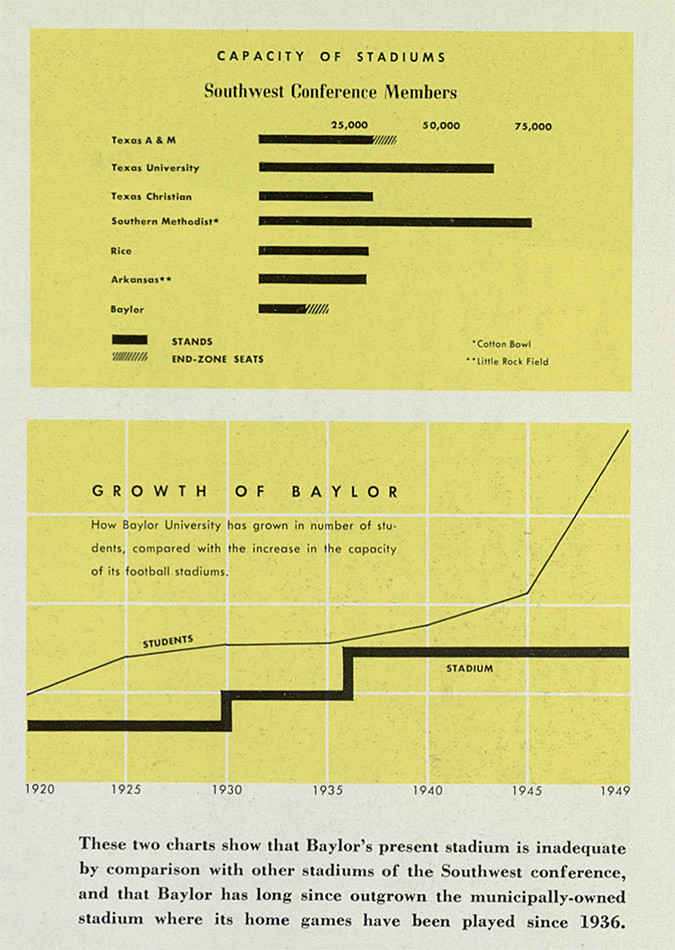
The Texas Collection turns 90 this year! From 1923, when Waco physician Dr. Kenneth Hazen Aynesworth made his initial donation of materials on Texas history, to 2013, The Texas Collection has grown by leaps and bounds. But we realize that all too often, people aren’t quite sure what goes on in a special collections library and archives. So over the course of 2013, we will feature monthly posts from our staff—from faculty to student workers—offering a little peek into the day-to-day work of The Texas Collection. (It bears noting that we’re not all originally from Texas, either—but as this post notes, there is something for everybody here at The Texas Collection!) Meet recent Baylor grad (M.A. in history), Pennsylvanian, and archival assistant, Thomas DeShong:
When I arrived at Baylor University to further my education, I was largely unfamiliar with the world of archives. As a student of history, I realized that such repositories typically held interesting primary sources just waiting to be cited in the end-of-semester research paper that was inevitably due for each class. However, I was not aware of the multifaceted roles that archivists and librarians perform in order to preserve such history until I found myself with a graduate assistantship at The Texas Collection. Two years later, I am here celebrating the 90th anniversary of the institution while studying to become a certified archivist.

There are three primary tasks that I perform as an Archival Assistant–Digital Input Specialist at The Texas Collection. The first, which I have enjoyed the most, is processing. Once printed materials have been donated or purchased, it is important to preserve the original documents in the most efficient and effective manner. Papers need to be stored in acid-free folders. Photographs should be housed in clear, Mylar sleeves. Newspaper clippings might be preserved more easily through digitization. Finding aids need to be written so that the public can know about the valuable materials waiting to be researched. The act of preserving history is fulfilling and exhilarating. The Texas Collection, as its name suggests, houses materials pertaining to Texas history from the Spanish colonial era to the present day. My time here has allowed me to explore collections dealing with Texas governors, the Civil War, Baylor University presidents, missionaries, history professors, inventors, and even the Waco Branch Davidians.
Preservation work is vital to extending the lifespan of materials, but the crux of archival work is making materials accessible to the public. Texas Collection archivists have been appointed the weighty task of maintaining the cultural heritage of Baylor University, the greater Waco area, and Texas. To do this, it is necessary to describe what materials comprise our vast holdings. For the past several months, I, along with many of my co-workers, have been inputting inventories and finding aids into an online archives management system called Cuadra Star. The culmination of this work will occur in the upcoming months as The Texas Collection presents its Cuadra Star database to the public. This effort serves as evidence of The Texas Collection’s persistence in sharing with the public the vast amount of historical resources it can offer.

My third major responsibility, one that has been recently bestowed upon me, is to manage The Texas Collection’s substantial Frances C. Poage Map Room. With maps ranging from colonial Texas until the twenty-first century, researchers are bound to find something to pique their interests. Most of these maps have now been organized and are searchable on BearCat, the Baylor University Libraries’ online catalog.
Not many people today can claim that they love their jobs, but I certainly can. The Texas Collection has something to offer anyone with the slightest interest in Texas history. I encourage you to celebrate this 90th anniversary with me by coming down and exploring the rich history that The Texas Collection holds!
By Thomas DeShong, Archival Assistant—Digital Input Specialist





















